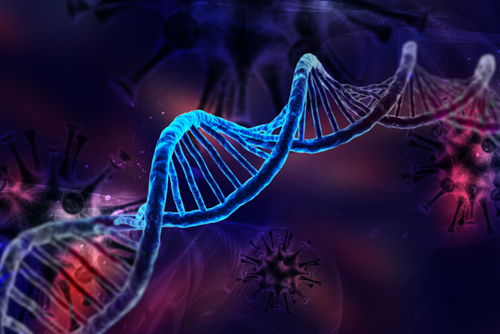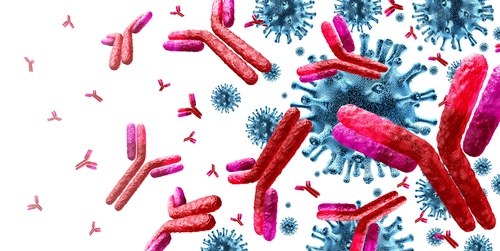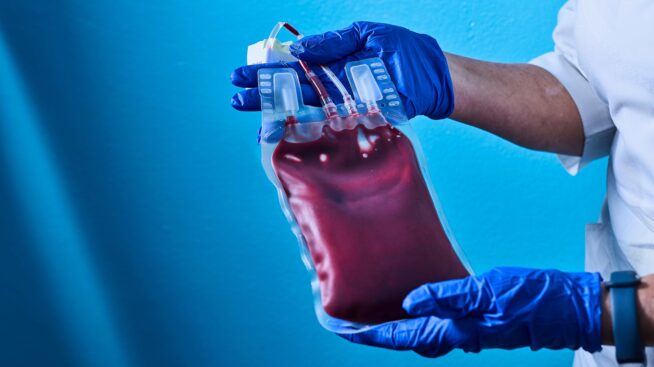The following interactive courses are available for P.A.C.E. credit. In order to receive your P.A.C.E. certificate, you must:

- Complete the course material.
- Take and pass a final exam. If you do not pass the exam, you must retake the course to attempt the exam again.
- Complete the online evaluation.
New York Blood Center Enterprises is approved as a provider of continuing education programs in the clinical laboratory sciences by the ASCLS P.A.C.E. Program.
(eLearning courses are best viewed using Chrome as a browser.)

Just the Basics: DNA Testing
This is a 3-part mini-series about molecular testing at an introductory level.

Immunohematology Topics
Explore eLearning courses about blood group antigens, antibodies, and pre-transfusion testing.

Blood Group Genotyping
Explore courses focusing on the analysis of blood group genes and the prediction of antigen expression.

Other Transfusion Medicine Topics
Click here to access other eLearning courses.